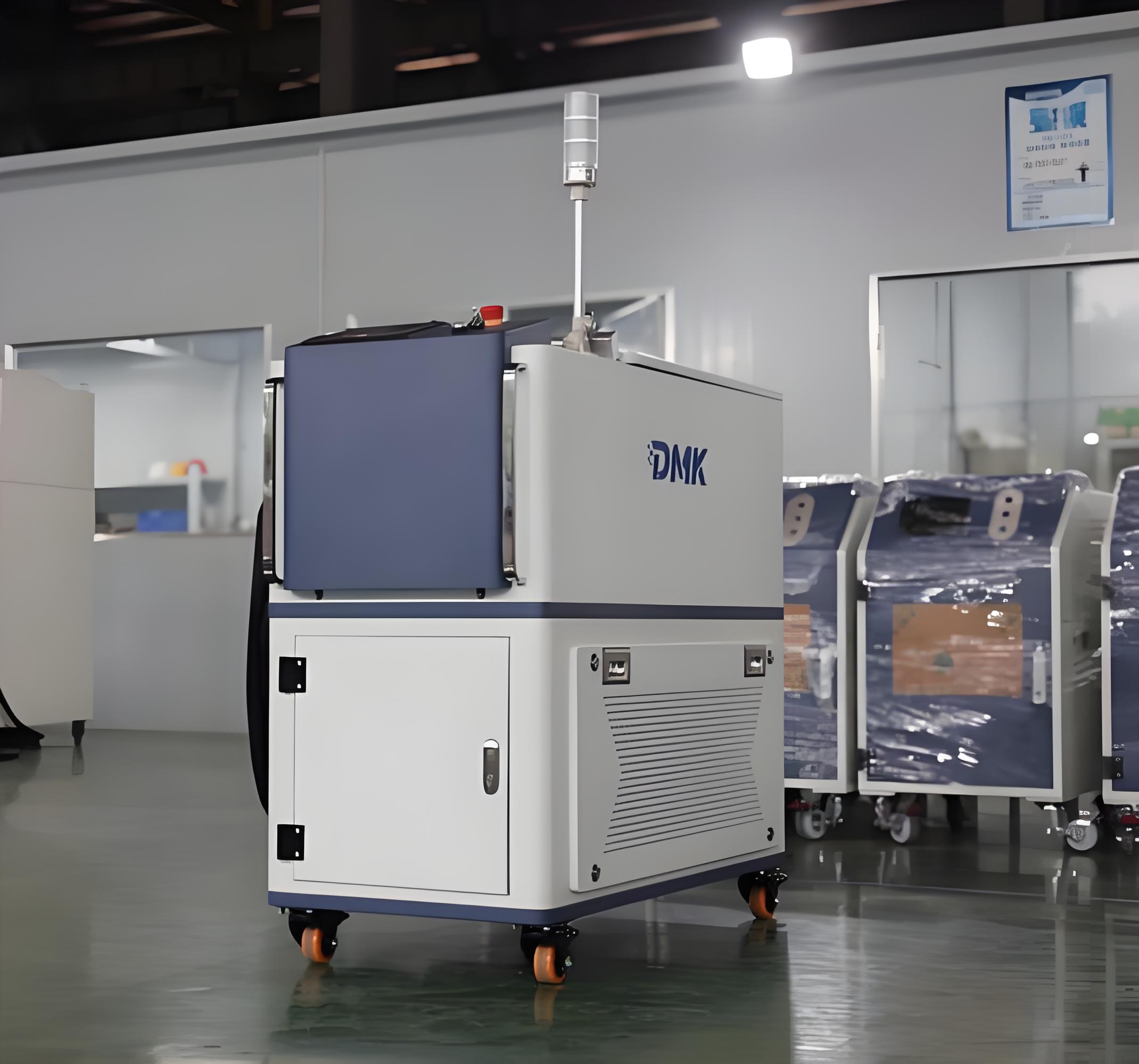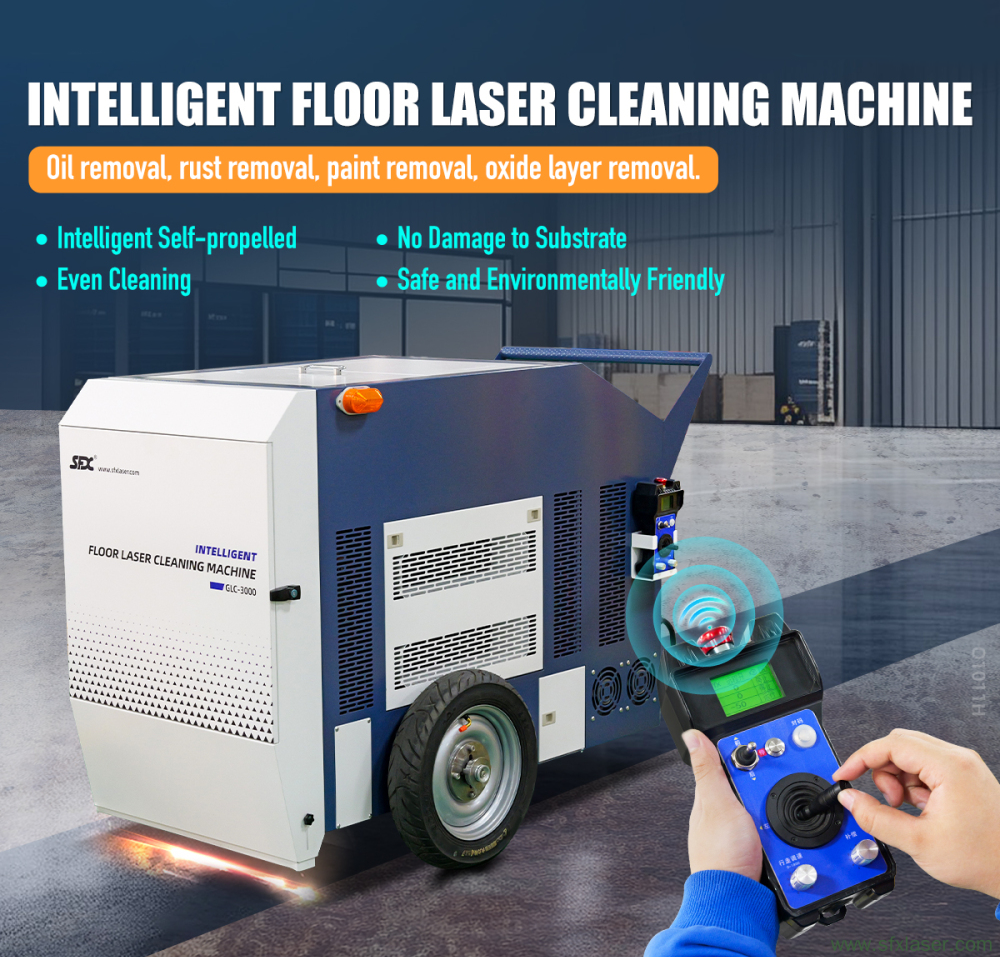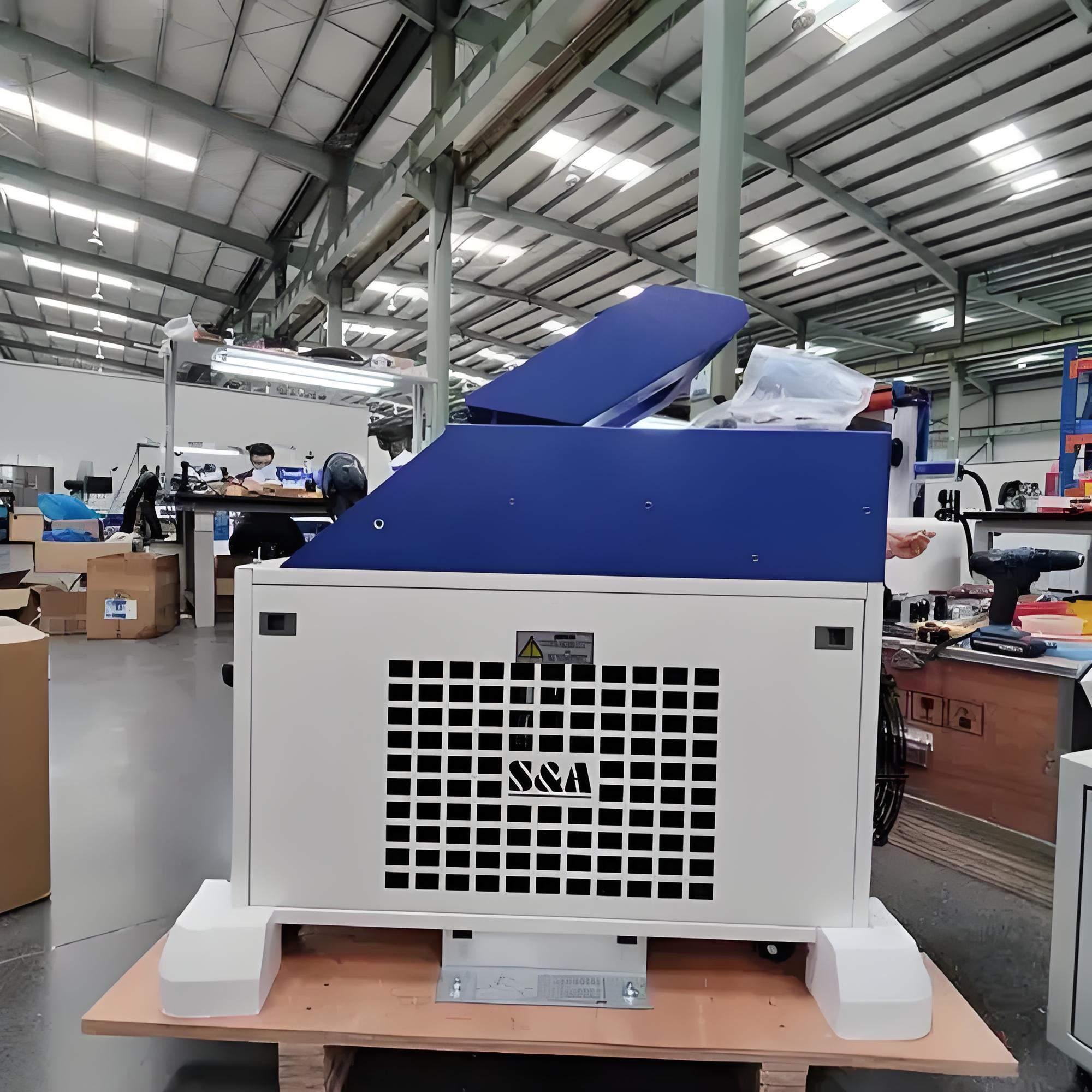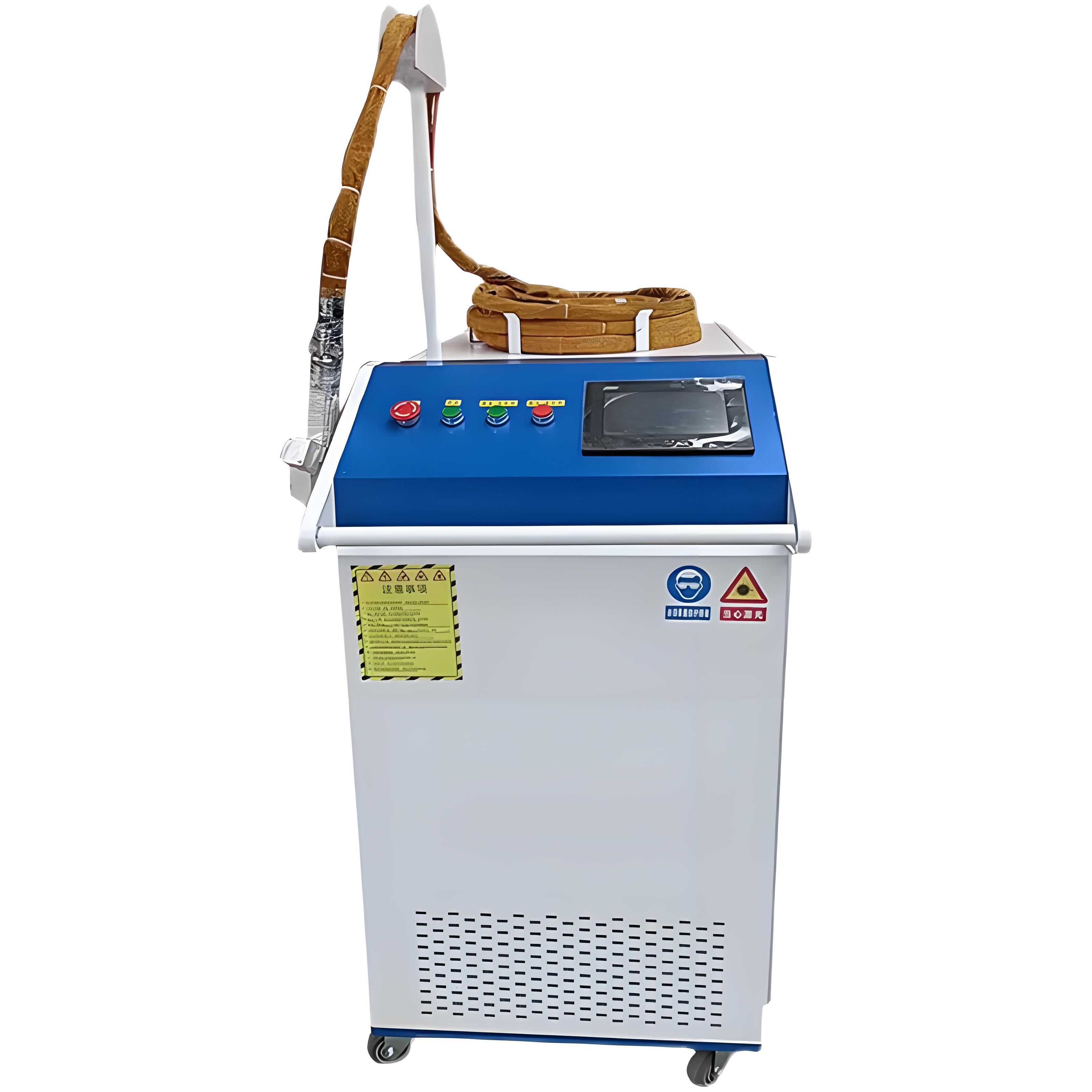Having spent over a decade working with industrial laser technologies, I’ve had countless conversations with clients grappling with the same question: pulsed laser or continuous laser for rust removal? It’s a decision that can make or break your workflow, budget, and results. Laser rust removal machines have become a go-to solution for tackling corrosion, but the choice between pulsed and continuous wave (CW) lasers isn’t always straightforward. Each has its strengths, quirks, and ideal use cases. In this article, I’ll share my hands-on experience to help you navigate this choice, breaking down the technical differences, applications, and practical considerations. Whether you’re in automotive restoration or heavy industry, my goal is to guide you toward the right laser for your needs.
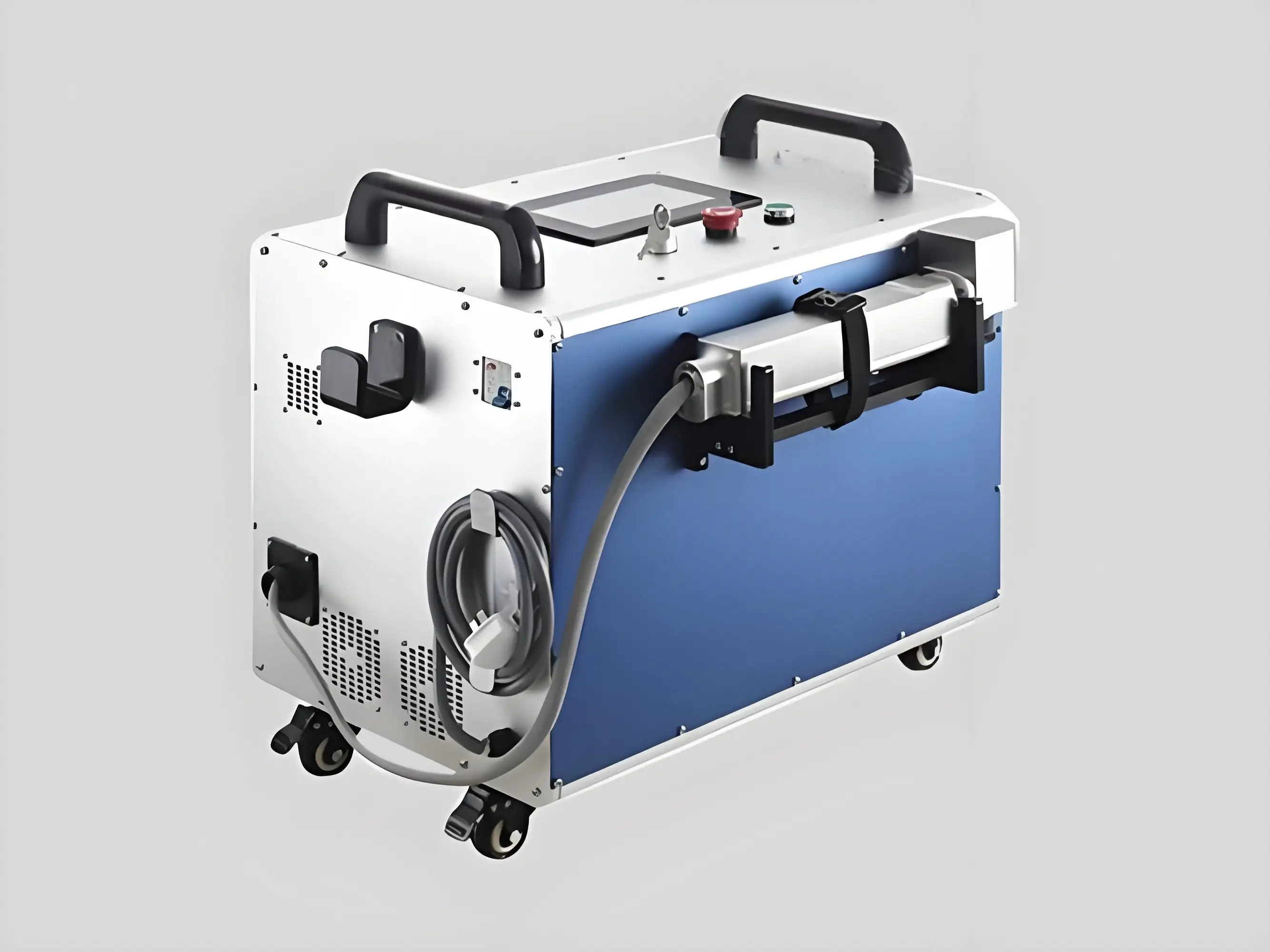
Understanding the Basics of Laser Rust Removal
Before we dive into the pulsed vs. continuous debate, let’s set the stage. Laser rust removal works by firing concentrated light beams at a rusted surface, vaporizing the corrosion without damaging the underlying material. It’s clean, precise, and eco-friendly compared to sandblasting or chemical treatments. I’ve seen these machines transform everything from vintage car parts to massive ship hulls, saving time and money while meeting strict environmental standards.
The key difference lies in how the laser delivers energy. Pulsed lasers emit energy in short, intense bursts, while continuous lasers deliver a steady stream of energy. This distinction drives their performance, cost, and suitability for different tasks. Let’s explore both in detail.
Pulsed Lasers: Precision and Control
I first encountered pulsed laser rust removal while consulting for a restoration firm working on delicate artifacts. The machine they used—a 100W pulsed fiber laser—was a marvel. It delivered energy in microsecond bursts, allowing pinpoint accuracy. Each pulse blasts away rust or contaminants without overheating the material, which is critical for sensitive surfaces like thin metals or historical pieces.
In my experience, pulsed lasers excel in scenarios where precision is paramount. They’re ideal for cleaning intricate parts, such as engine components or circuit boards, where you can’t afford to damage the substrate. I once watched a technician use a pulsed laser to clean rust off a 19th-century iron sculpture. The rust vanished, but the delicate engravings remained untouched—a feat no sandblaster could achieve.
The downside? Pulsed lasers are typically more expensive. A decent 100W pulsed laser can cost $10,000–$20,000, and high-end models for industrial use can hit $50,000 or more. They also tend to work slower on large surfaces because the pulses cover less area per second compared to continuous lasers. But for jobs requiring finesse, they’re unmatched.
Continuous Lasers: Power and Speed
On the other hand, continuous wave (CW) lasers are the workhorses of rust removal. I’ve seen these machines dominate in shipyards and steel plants, where speed and scale matter. Unlike pulsed lasers, CW lasers emit a constant beam, delivering energy steadily to blast through rust and coatings. This makes them ideal for large-scale applications, like cleaning ship hulls or industrial machinery.
I recall a project at a manufacturing facility where a 2000W CW laser was used to strip rust from steel beams. The machine covered 15–20 square meters per hour, a pace that left traditional methods in the dust. The client was thrilled because they could keep production lines moving without lengthy downtime. CW lasers are also more cost-effective for high-throughput tasks, with entry-level models starting at around $5,000–$8,000.
However, CW lasers have their limits. They generate more heat, which can damage thin or heat-sensitive materials. I’ve seen cases where improper settings on a CW laser caused warping on thin aluminum sheets. They’re less precise than pulsed lasers, so they’re not the best choice for delicate or intricate work.
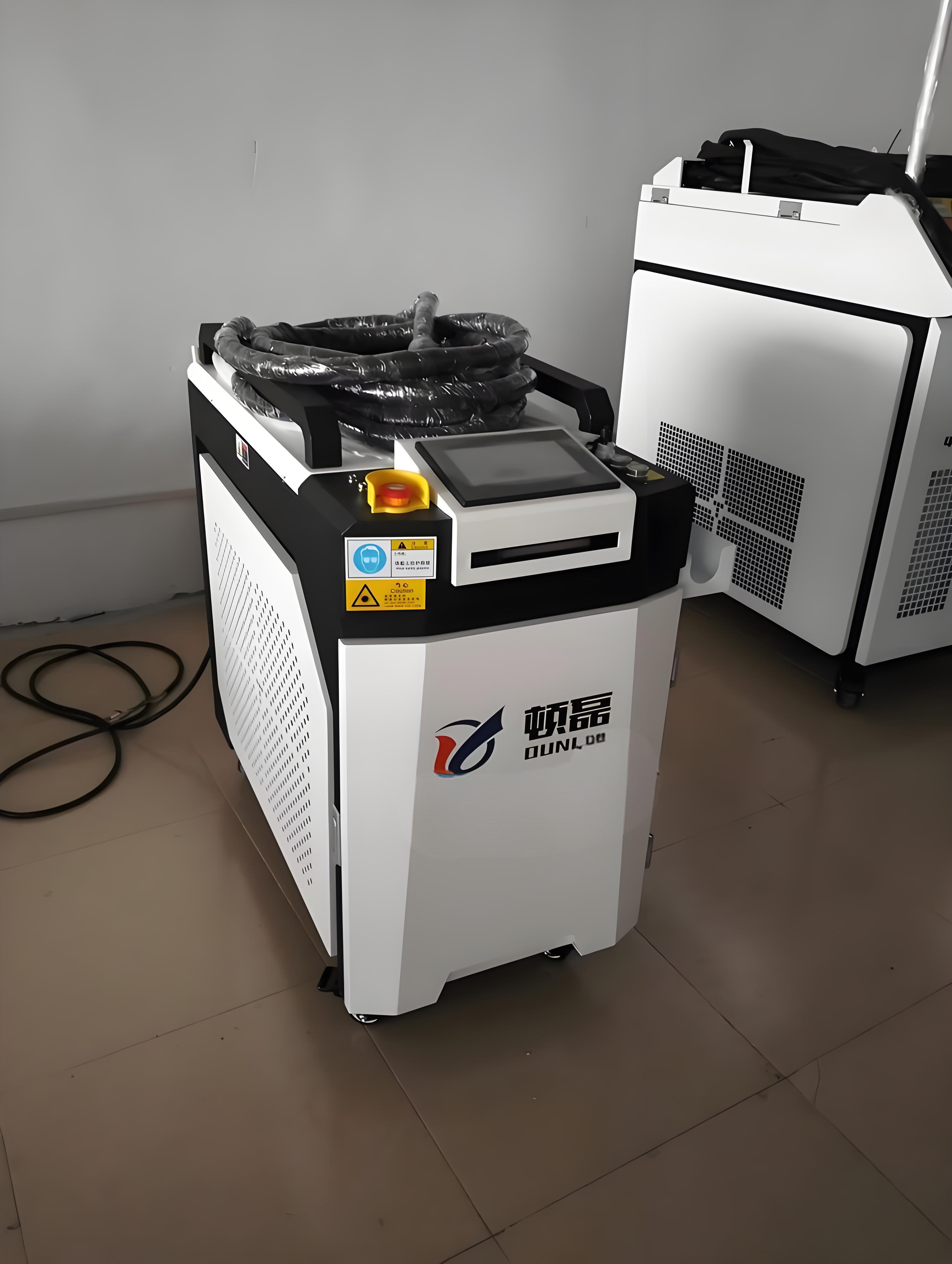
Key Factors to Consider When Choosing
Choosing between pulsed and continuous lasers depends on your specific needs Marina. Here are the factors I’ve learned to prioritize after years of working with these machines:
Material Type and Thickness: Pulsed lasers are better for thin or delicate materials, like aluminum or copper, because they minimize heat buildup. I’ve seen CW lasers struggle with thin sheets, causing burns or deformation. For thick steel or large structures, cw lasers are more efficient.
Surface Area and Scale: If you’re cleaning large surfaces, like a ship’s hull or a factory conveyor, CW lasers are faster. I’ve timed pulsed lasers on similar tasks, and they can take 2–3 times longer due to their lower coverage rate.
Precision Requirements: For intricate parts or surfaces with coatings you want to preserve, pulsed lasers are the way to go. I’ve advised clients in aerospace to use pulsed systems for turbine blades, where even minor damage could be catastrophic.
Budget: CW lasers are generally cheaper, both in upfront cost and maintenance. Pulsed lasers, with their complex optics, come with a higher price tag. I’ve helped small businesses opt for CW lasers when budget was tight, saving them thousands upfront.
Environmental and Safety Needs: Both types are eco-friendly, producing no chemical waste. However, pulsed lasers are safer for operators in terms of heat exposure, as they generate less thermal stress. I always recommend proper training and safety gear, like laser-rated goggles, regardless of the system.
Comparing Pulsed and Continuous Lasers
To make the decision clearer, here’s a table summarizing the key differences based on my observations in the field:
|
Feature |
Pulsed Laser |
Continuous Laser |
Best For |
|---|---|---|---|
|
Energy Delivery |
Short, high-energy bursts |
Steady, continuous beam |
Pulsed: Precision; CW: Speed |
|
Material Suitability |
Thin, delicate, or heat-sensitive |
Thick, robust materials |
Pulsed: Artifacts; CW: Ship hulls |
|
Cleaning Speed |
Slower (1–5 m²/hr) |
Faster (10–20 m²/hr) |
CW: Large-scale projects |
|
Cost Range |
$10,000–$50,000+ | $5,000–$30,000 |
CW: Budget-conscious projects |
This table isn’t exhaustive, but it captures the core trade-offs. For example, if you’re restoring a vintage car (small, detailed parts), a pulsed laser is your friend. For a shipyard cleaning massive hulls, go with a CW laser.
Real-World Applications and Lessons Learned
Let’s ground this in some real-world examples. In my early days as a consultant, I worked with an automotive shop that invested in a 100W pulsed laser for restoring classic cars. The owner was skeptical at first—$12,000 was a big leap for a small business. But after seeing how it cleaned rusted chassisocios chasses without stripping paint or damaging welds, he was sold. The precision saved them hours of manual labor, and they recouped the cost in six months through faster turnaround times.
Contrast that with a steel plant I visited, where a 3000W CW laser was the star of the show. They used it to clean rust from production line rollers, covering massive areas in a single shift. The speed was critical because downtime cost them thousands per hour. However, they learned the hard way to avoid using the CW laser on thinner components after a few warped parts. Switching to a lower-power setting helped, but it reinforced that CW lasers aren’t one-size-fits-all.
In restoration, I’ve seen pulsed lasers work wonders on delicate artifacts. A museum I advised used a 50W pulsed laser to clean a rusted bronze statue. The curator was amazed at how the laser removed corrosion without touching the patYPESina. Meanwhile, in electronics, I’ve seen pulsed lasers clean oxide layers from circuit board connectors, ensuring conductivity without damaging tiny components.
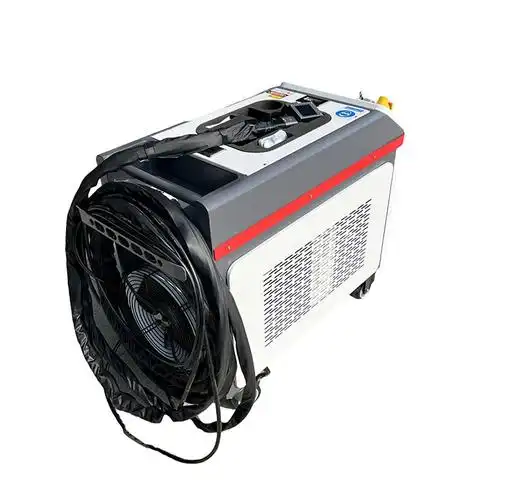
Practical Tips for Making Your Choice
If you’re on the fence, here are some actionable tips based on my experience:
Assess Your Workload: Are you dealing with small, intricate parts or large surfaces? I’ve seen businesses waste money on pulsed lasers for large-scale tasks, only to regret the slow pace. Map out your typical projects before deciding.
Test Before You Buy: Many suppliers offer demos. I always push clients to test both pulsed and CW lasers on their materials. One client avoided a costly mistake by realizing a CW laser overheated their aluminum parts during a trial.
Consider Hybrid Solutions: Some modern machines combine pulsed and CW modes. I’ve worked with a 1500W hybrid system that switches between modes, offering flexibility for mixed workloads. They’re pricier (around $25,000), but worth it for versatile operations.
Factor in Training: Pulsed lasers require more operator skill to adjust pulse settings. CW lasers are simpler but need careful heat management. I’ve seen untrained operators cause damage with both, so invest in training.
Think Long-Term: A pulsed laser’s higher upfront cost can pay off for precision work, while a CW laser’s speed saves on labor for large projects. I’ve helped clients calculate ROI, and it often comes down to project volume and material type.
Challenges to Watch For
No technology is without its hiccups. Pulsed lasers can be overkill for simple tasks, driving up costs unnecessarily. I’ve seen small shops buy high-end pulsed systems only to use them for basic steel cleaning—a job a cheaper CW laser could handle. Conversely, CW lasers can be risky for delicate work. I once saw a client try to use a CW laser on a thin copper sheet, only to melt it because they didn’t adjust the power settings.
Safety is another concern. Both systems require laser-rated protective gear, and I’ve witnessed near-misses when operators skipped goggles or ignored ventilation needs. Maintenance is also key—pulsed lasers have more complex optics, so repairs can be costly. I’ve advised clients to budget 5–10% of the machine’s cost annually for maintenance.
The Future of Laser Rust Removal
Looking ahead, I’m excited about where this technology is going. The market for laser rust removal machines is growing at 8–10% annually, based on industry reports I’ve read. Pulsed lasers are becoming more affordable, with entry-level models dropping closer to $8,000. Meanwhile, CW lasers are getting smarter, with features like real-time power adjustment to prevent overheating. I’ve also seen prototypes of AI-assisted lasers that optimize settings automatically, which could make the pulsed vs. CW debate less daunting for newcomers.
Sustainability is another driver. Both laser types are eco-friendly, but pulsed lasers are gaining traction in industries like aerospace, where precision and minimal waste are critical. I expect CW lasers to dominate in heavy industry, while pulsed systems will carve out a bigger niche in restoration and electronics as prices drop.
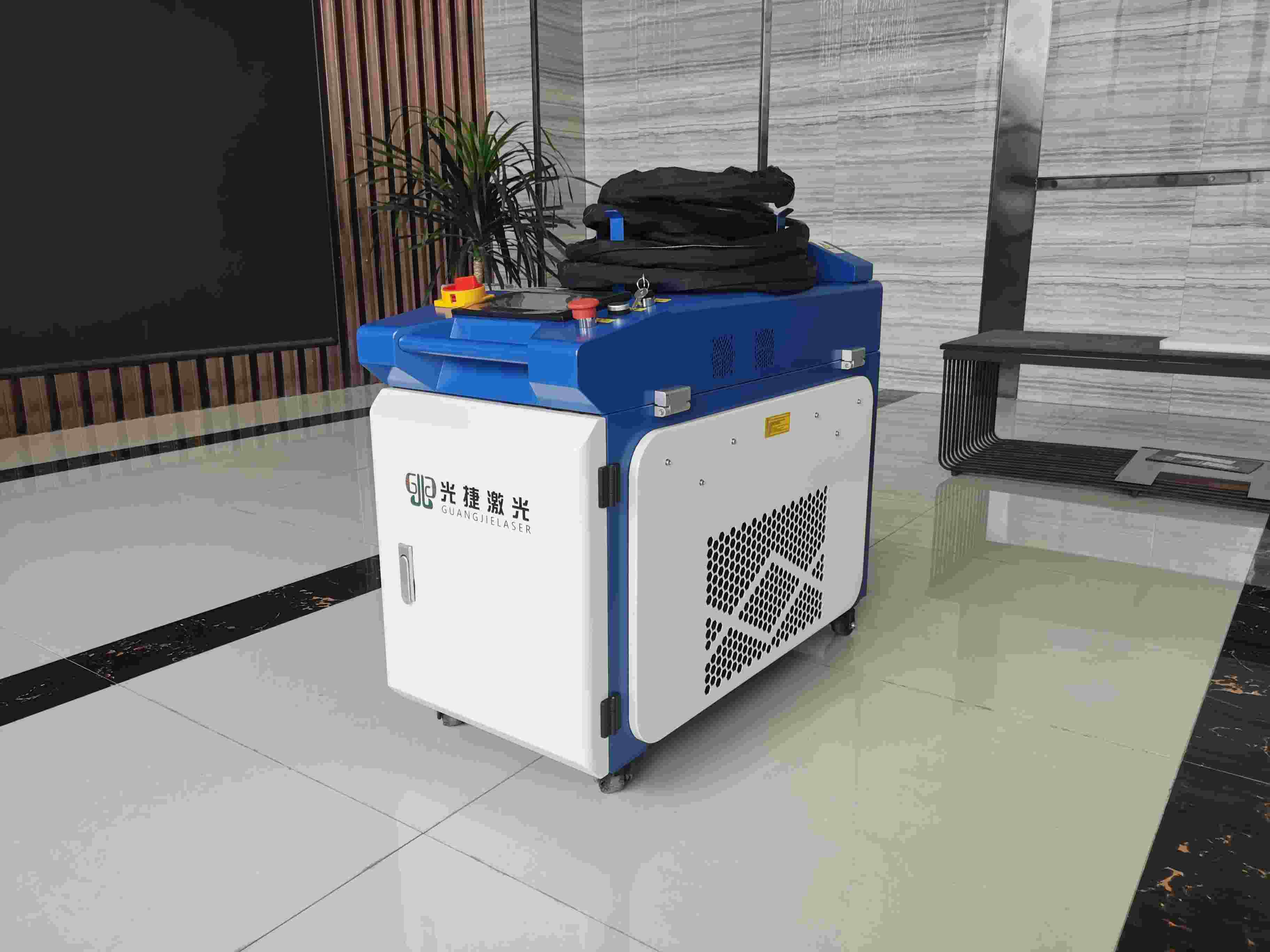
Final Thoughts
Choosing between pulsed and continuous lasers for rust removal isn’t just about specs—it’s about matching the tool to your needs. As someone who’s seen these machines in action across industries, I can tell you that both have their place. Pulsed lasers are your go-to for precision and delicate materials, while CW lasers shine for speed and scale. By considering your materials, workload, and budget, you can make a choice that boosts efficiency and quality. I’ve watched businesses transform their operations with the right laser, and I’m confident you can too. If you’re unsure, reach out to suppliers for demos or consult with experts—it’s a decision worth getting right.
Related Questions and Answers
Q: Can I use a pulsed laser for large-scale rust removal?
A: You can, but it’s not ideal. Pulsed lasers are slower on large surfaces, often covering 1–5 m² per hour compared to 10–20 m² for CW lasers. I’ve seen clients use pulsed lasers for big jobs, but it’s costlier and takes longer. For large-scale work, a CW laser is usually the better bet.
Q: Are continuous lasers safe for thin metals?
A: They can be, but you need to be cautious. CW lasers generate more heat, which can warp or burn thin metals. I’ve advised clients to use lower power settings (e.g., 500W) and test thoroughly. Pulsed lasers are generally safer for thin or delicate materials.
Q: How do maintenance costs compare?
A: Pulsed lasers have higher maintenance costs due to their complex optics—think $1,000–$2,000 per year for a mid-range model. CW lasers are simpler, with costs around $500–$1,000 annually. I’ve helped clients budget by factoring in 5–10% of the machine’s cost for upkeep.
Q: Can I switch between pulsed and continuous modes on one machine?
A: Some newer hybrid machines offer both modes, which I’ve seen used in versatile shops handling mixed workloads. They cost more—around $20,000–$30,000—but can save you from buying two machines. Check with suppliers for models with dual functionality.
Q: Which laser is more eco-friendly?
A: Both are eco-friendly compared to chemical or abrasive methods, as they produce no waste. Pulsed lasers use less energy overall due to their intermittent bursts, but CW lasers are more efficient for large jobs, reducing overall runtime. In my experience, the environmental impact is similar—it’s more about choosing the right tool for the job.

